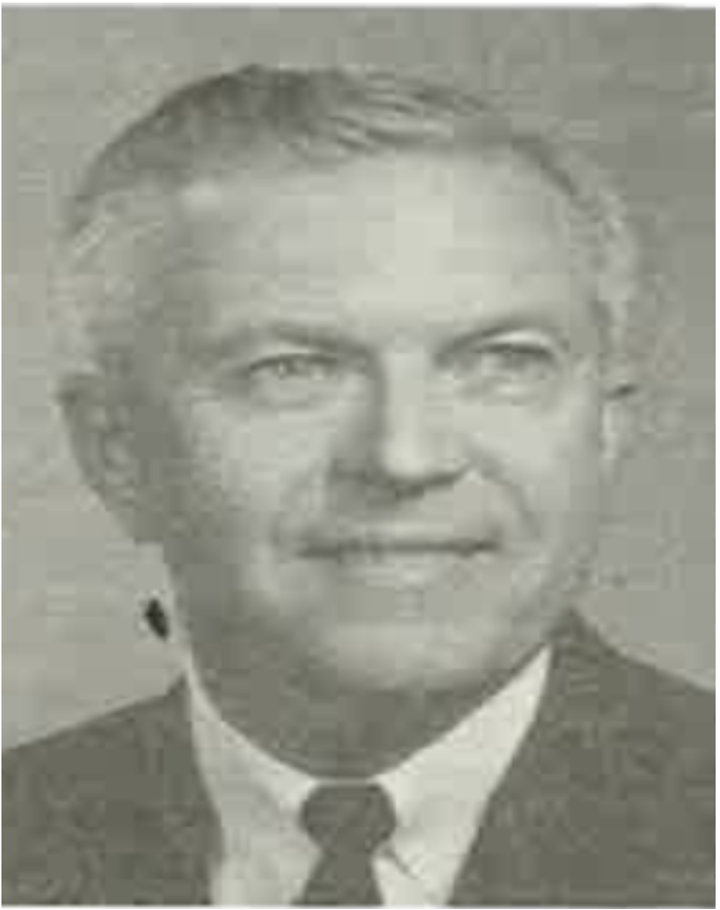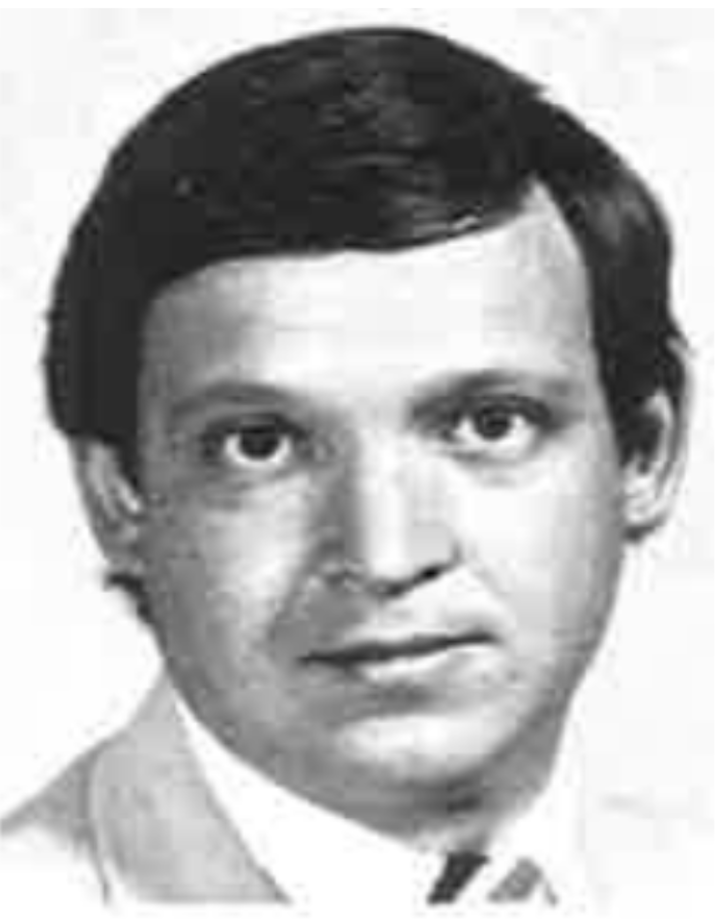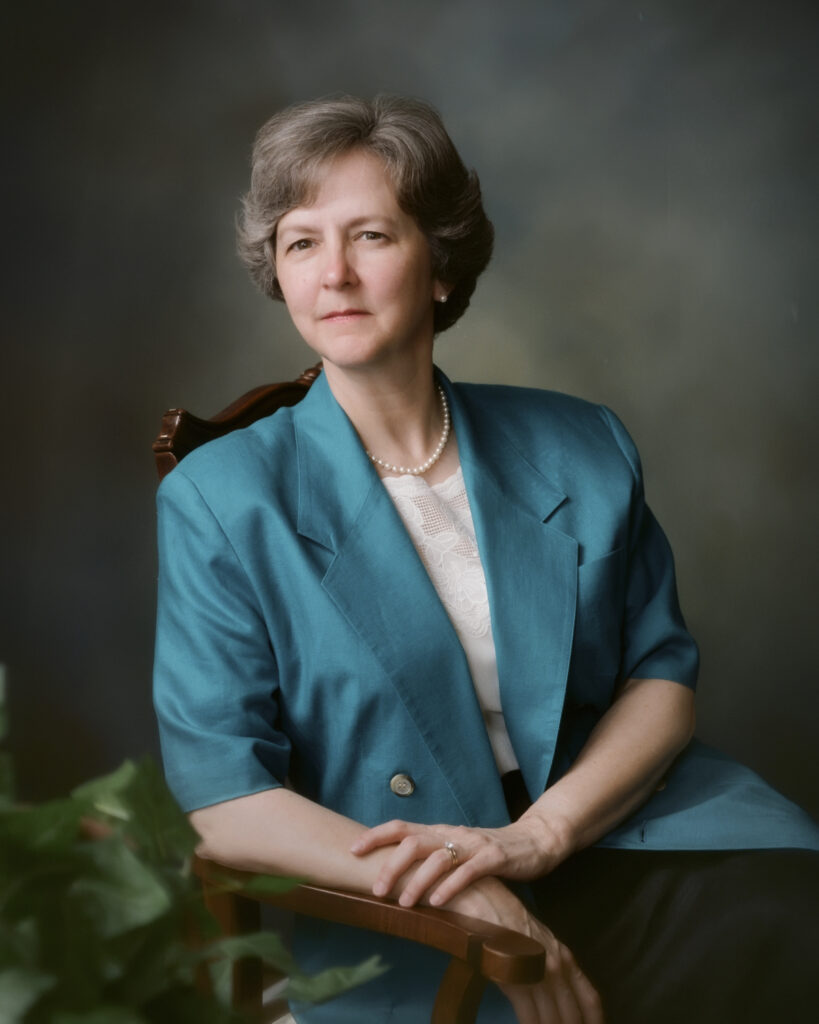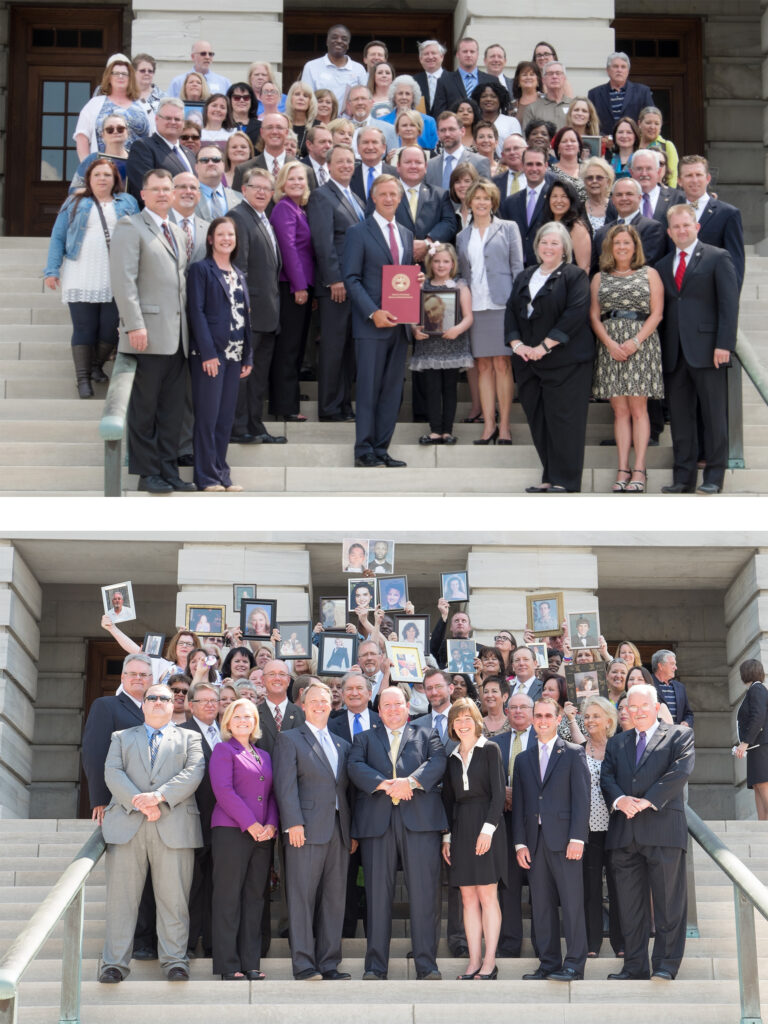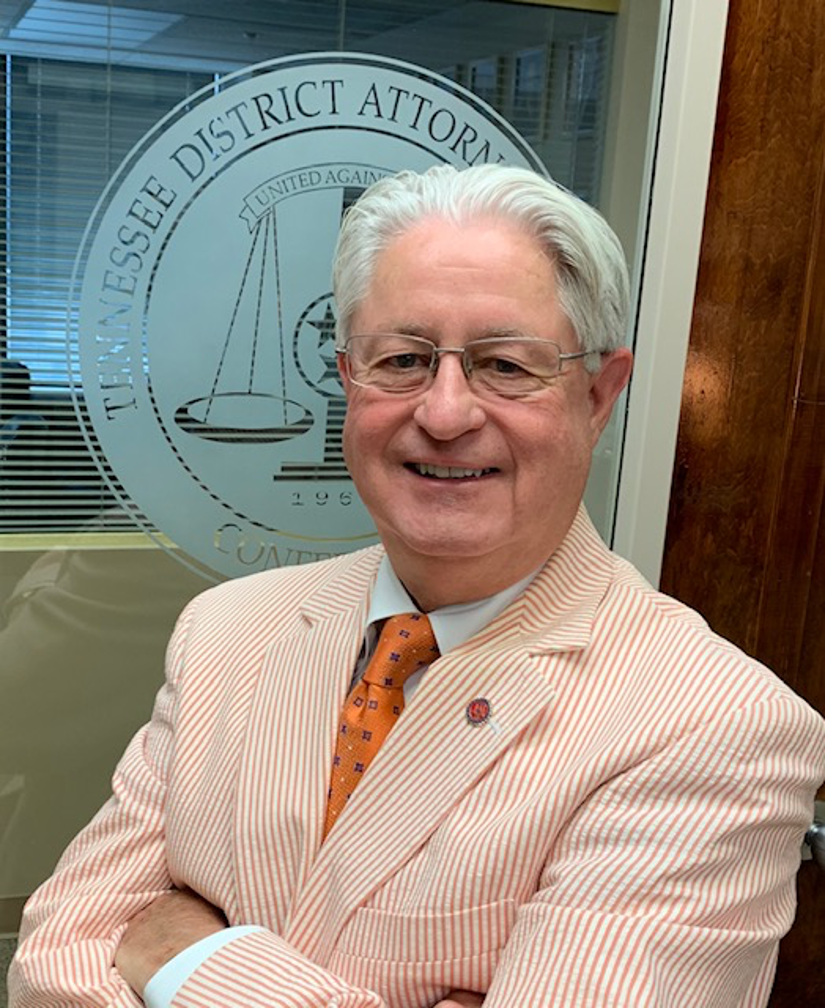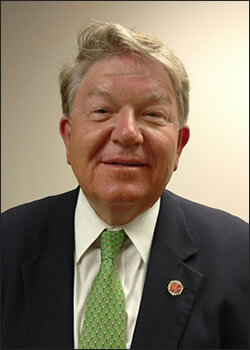History and Purpose
The Tennessee District Attorneys General Conference was created by the General Assembly in 1961 to provide for a more prompt and efficient administration of justice in the courts of this state. Tenn. Code Ann. §8-7-301
The Office of the Executive Director was created to serve as the central administrative office for the Conference. Edward L. Jennings, a Liberty, Tenn., native, was the first to serve in this role. Jennings also served as a commander in the U.S. Navy Reserves during WWII and was a graduate of Middle Tennessee State University and Cumberland University Law School.
George R. Bonds, a Dyer, Tenn., native, was named Executive Secretary. Executive Secretary is the same as Executive Director, but the position was temporarily renamed. Bonds was a graduate of the United States Air Force Academy and Vanderbilt University School of Law. He was married to Sandra Birdwell of Huntingdon, Tenn., and the father of two children – Avery and Robin.
Susan Marttala becomes first female District Attorney General ever appointed or elected in the state of Tennessee. Gen. Marttala served as the District Attorney General for the 31st Judicial District and was appointed by Gov. Ned McWherter.
Elizabeth “Betsy” Rice becomes the first elected female District Attorney General in Tennessee. Gen. Rice served in the 25th Judicial District and was first appointed to District Attorney General by Gov. Ned McWherter in 1990. She then ran for election in 1992 to continue serving the last six years of the term. Prior to becoming District Attorney General, Rice worked in the 25th as an Assistant District Attorney for 13 years. She retired in 2006 after 29 years of service.
Patrick H. McCutchen, a Montgomery County, Tenn., native, was named Executive Director. McCutchen was a graduate of Austin Peay State University and Nashville School of Law. He served as the District Attorney General for the 19th Judicial District from 1982 – 1993. Director McCutchen laid the foundation for the progress the Conference has made on a range of issues by insisting that the Conference speak with one voice. He led the elected District Attorneys to agree on goals and to pursue those objectives as a team, with a unified message. His approach was particularly effective in promoting the Conference Legislative Agenda. In recognition and gratitude for his lifelong service to Tennessee and the Conference, our highest award for leadership is the Patrick H. McCutchen Award.
The districts received their first in-office computers. This was a major technological development for the Conference and, of course, countless others have followed. What began as two employees traveling across the state to install desktop computers has grown to a 12-member IT team that works tirelessly to ensure every district is properly equipped with the tools and programs they need.
The Conference spearheaded the creation and passing of the Victims’ Rights Amendment to the Tennessee Constitution. This was a major milestone for victims’ rights in Tennessee as it enshrined in the state’s most powerful document what the District Attorneys have always known – victims are an invaluable part of our criminal justice system and they have certain rights that must be respected.
James W. Kirby, a Louisville, Ky., native, was named Executive Director. Kirby was a graduate of Middle Tennessee State University and Nashville School of Law. Prior to his appointment, Kirby served in a variety of positions in the 23rd Judicial District including as Deputy District Attorney (1997 – 1999).
During the early years of the TNDAGC, a small committee of DAs coordinated all the training needs of the districts. In 2001, the Conference created a Training Department to assume the logistical responsibilities of planning these programs. This subsequently expanded the number and types of programs being offered from one annual training to a diverse array of programs that train hundreds of prosecutors and law enforcement officers every year.
The Conference spearheaded the passing of the Victim Life Photo Bill. This new law allows family members of homicide victims to show the jury a recent picture of their loved one prior to their passing. Homicide cases often result in long and difficult trials. It is our hope that the presentation of these pictures serves as a powerful reminder in the midst of those challenging hearings that a life, not a nameless victim, was lost.
Jerry N. Estes from Sweetwater, Tenn., was named Executive Director. Estes attended the University of Tennessee Knoxville for both his undergraduate degree and law school. From 1982 to 2006, Estes served as the District Attorney General for the 10th Judicial District. At the time of his election in 1982, he was the youngest District Attorney in Tennessee.

